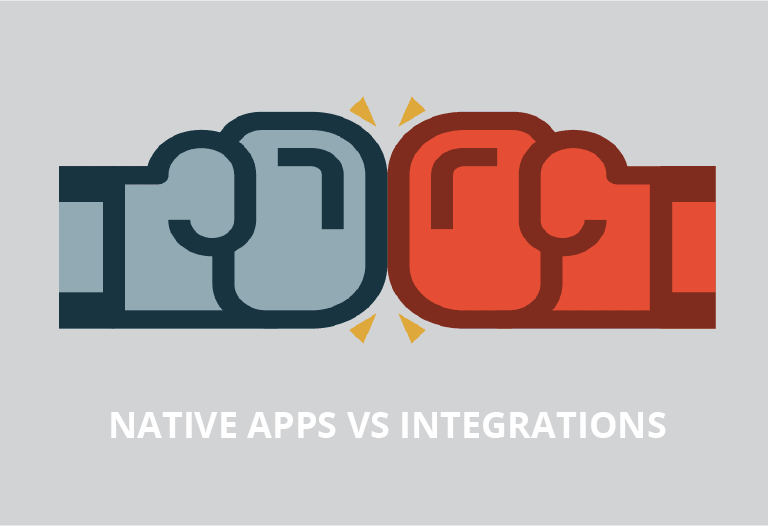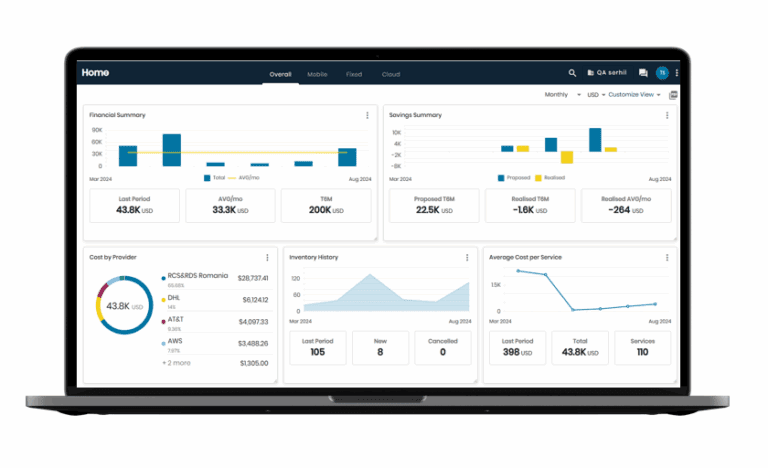Servicenow has rapidly become the gold standard Enterprise IT Service Management platform (ITSM). With over 50% of the US market and amazing customer retention, it’s no surprise that Technology Expense Management (TEM) vendors are flocking to integrate with the platform, but what does integration really mean?
In real terms, there are only two types of Integration – Native and API. Almost all vendors, bar none, have taken the API integration route. This is by far the easiest since ServiceNow APIs are well documented and widely used, however, limiting those APIs may be.
Vendors choose the API route because they have an existing, stand-alone platform/platforms with years of architectural investment, but recognize that ServiceNow is essential in many of their target customers. As ServiceNow plays a pivotal role in managing IT services, companies long for a TEM solution with seamless integration into core IT service management (ITSM) functionalities such as managing requests, incidents, assets and users. Lacking integration with ServiceNow would put any TEM at a huge competitive disadvantage.
API Integrations with ServiceNow
ServiceNow operates a robust partner ecosystem for integrations with its platform. Applications can be acquired through the ServiceNow store for free or at a cost. API-integrated vendors use these applications to establish their connections. Most TEM integrations with ServiceNow amount to little more than a way for service desk tickets to be placed in ServiceNow and directed to the vendor. While this functionality is useful to avoid having to place tickets into a third-party system, it really doesn’t leverage the power, flexibility, and scalability of the ServiceNow platform. At the end of the day, you end up with multiple databases with siloed information to maintain, clunky integration APIs that don’t always work and your vendor controls all your data and processes.
Native Applications on ServiceNow
Native ServiceNow applications are also acquired through the ServiceNow store, however, they are fundamentally different from API integrations because they are built and housed 100 percent on the ServiceNow platform. This means they naturally inherit powerful platform capabilities such as workflows, business rules, analytics, service desk, configuration management database, etc. In addition to platform capabilities, they also have complete access to underlying business information such as users, cost centers, locations, etc. Native applications simply add additional functionalities to your existing ServiceNow platform, and at the end of the day, you own the data and control the processes.
The Clear Choice for Companies with ServiceNow
It should be clear that a native application is the winner for companies that have already implemented ServiceNow. Here are a few of the biggest benefits ServiceNow customers see:
- The same future-proof platform they trust and love
- Improve efficiencies with ServiceNow integration
- Single pane of glass on ServiceNow to manage all mobile, voice, data, cloud, and IoT providers
- A central database for all assets, expenses, services, and catalogs
- Native access to foundational business information (users, locations, teams, cost centers, finance, etc.)
- Leverage existing workflows and approvals
- Never need to migrate again
- Great user experience using existing service portals



